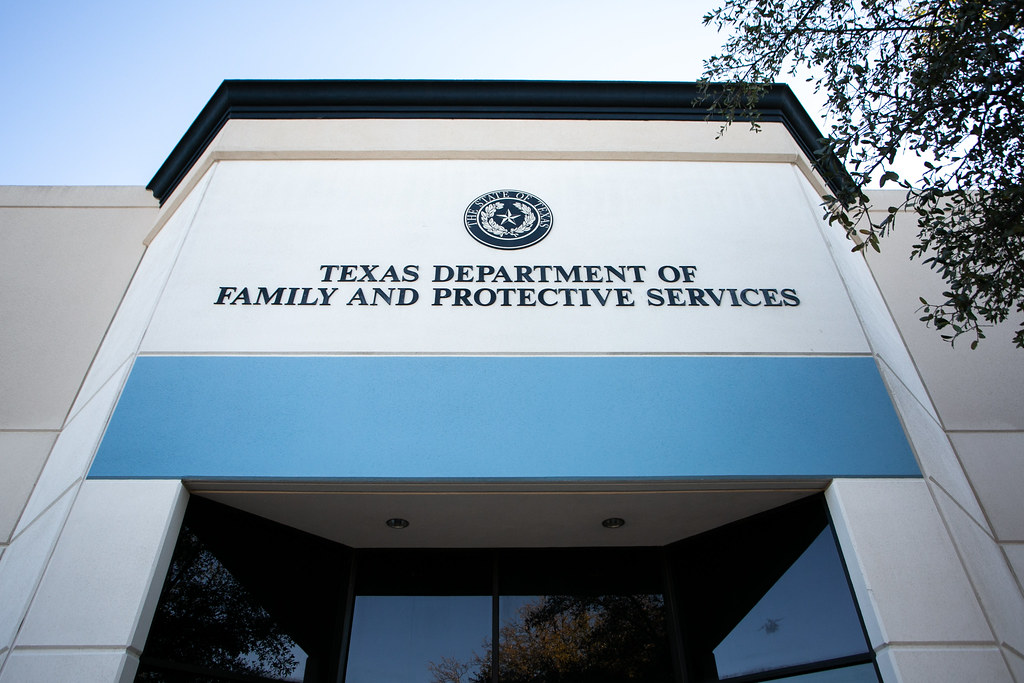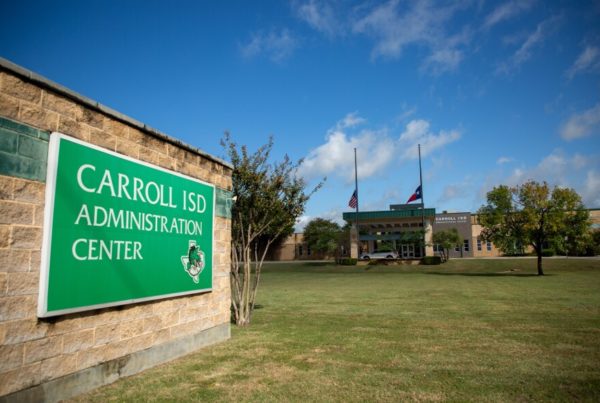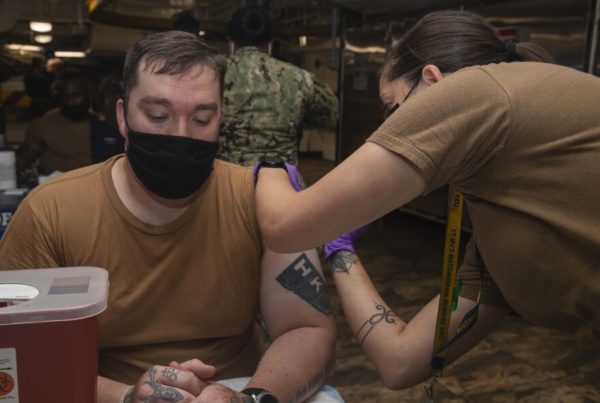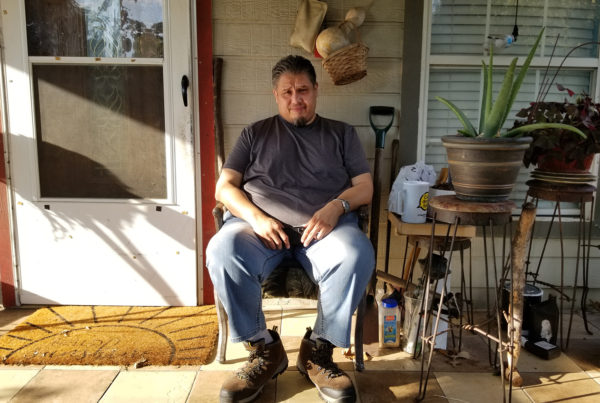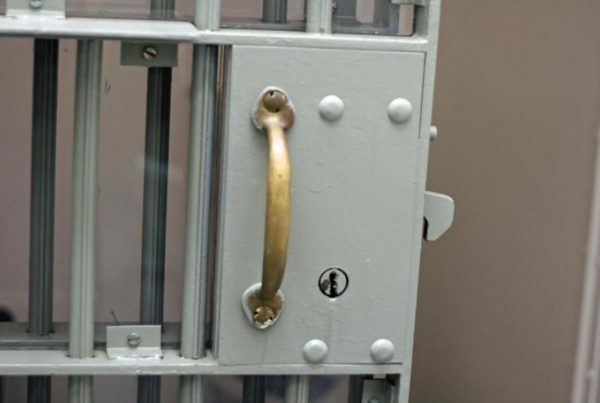Up to 400 children in Texas’ foster care system are without permanent places to live. Many sleep in offices and motels, under the care of state social workers. Gov. Greg Abbott recently agreed to create a panel of experts who will deliver recommendations on how to address the crisis.
Edward McKinley is a state politics reporter for the Hearst Newspapers, which includes the Houston Chronicle. He told Texas Standard that many foster care facilities have closed since the beginning of 2020.
Listen to the interview above or read the transcript below to learn more about what’s expected from the foster care panel.
This transcript has been edited lightly for clarity:
Texas Standard: Since the beginning of the pandemic, Texas’s foster care system has experienced a placement crisis that has gotten worse. What exactly is this panel supposed to address? What are they charged with doing?
Edward McKinley: I think the pandemic is definitely part of the puzzle, but the real issue here comes from the beginning of 2021, rather than out of COVID. In August 2020, there were less than 50 kids without placement in the foster care system. But at the same time this year, there were 400. So basically, there have been a bunch of foster care facilities that have closed in the state as a result of unsafe conditions in the past. And that capacity issue has made it so that there just aren’t enough beds for the kids that are in the foster care system currently. So as a result, sometimes they’re staying in state offices or in motels, and the system is really just scrambling to find places to keep these kids, and the kids are being overseen by social workers who don’t have the right training.
This is obviously a huge problem and has created opportunities for abuse and neglect. And this board that will be convened is three experts: one selected by the governor, one selected by the plaintiffs in the class action lawsuit and the third selected by the other two experts. And they’re going to meet and they’re going to have to hire staff and they’re going to talk this over and come up with recommendations by mid-December.
Are we talking about the lawsuit that goes all the way back to 2011, where a judge found that the system was unconstitutionally unsafe?
All the way back to 2011, that’s right.
U.S. District Judge Janis Graham Jack has been really upset about this. She’s written that kids almost uniformly leave state custody more damaged than when they entered. She also ordered two child welfare experts, special masters, to work with DFPS to come up with a plan. Are those special masters still overseeing DFPS?
The court monitors are still involved in the case, yes. I think that the unfortunate truth is that there are multiple problems here that all need to be dealt with concurrently. There’s the general safety of the foster care system in Texas writ large, meaning the licensed facilities that are existing. But the problem of the kids being sent to unlicensed facilities is almost totally separate. And according to Paul Yetter, who’s the lead attorney for the plaintiffs, this is something that’s been cropping up over and over for decades in Texas, because the state just doesn’t know exactly why it happens or how to stop it. So part of the plan here is to get this panel of experts to focus specifically on the issue of children without placement and how to stop that from happening again in the future and how to stop it from going on right now.
Is the state required to establish this panel or is this something the state’s doing independently of the lawsuit?
The judge, as you mentioned, had the Texas DFPS commissioner speak at the last hearing. That woman admitted at that hearing, “yes, I do feel like I am failing children with the kids without placement,” and the judge said she’s had all these enforcement actions in the past. She’s fined the state. She’s threatened, she’s shined a light on all these issues.
She said, “Look, the time for that is over. What I want is to put our heads down and move forward toward a solution.” So in mid-September, she asked, “Can we just get the governor to come out and say that he endorses a good faith effort to fix this?” And the governor came out and he said, “Yes,okay, I endorse that.”
It’s been about a month since then. The governor’s team and the executive branch have been having these closed door summit meetings with the court monitors and with the plaintiffs team, and they arrived at this solution as the next step in the process. So now they’re going to turn over a little bit of control. They’re going to let the experts do their thing and the experts are going to come back with recommendations in mid-December, and they’re going to move forward from there.


